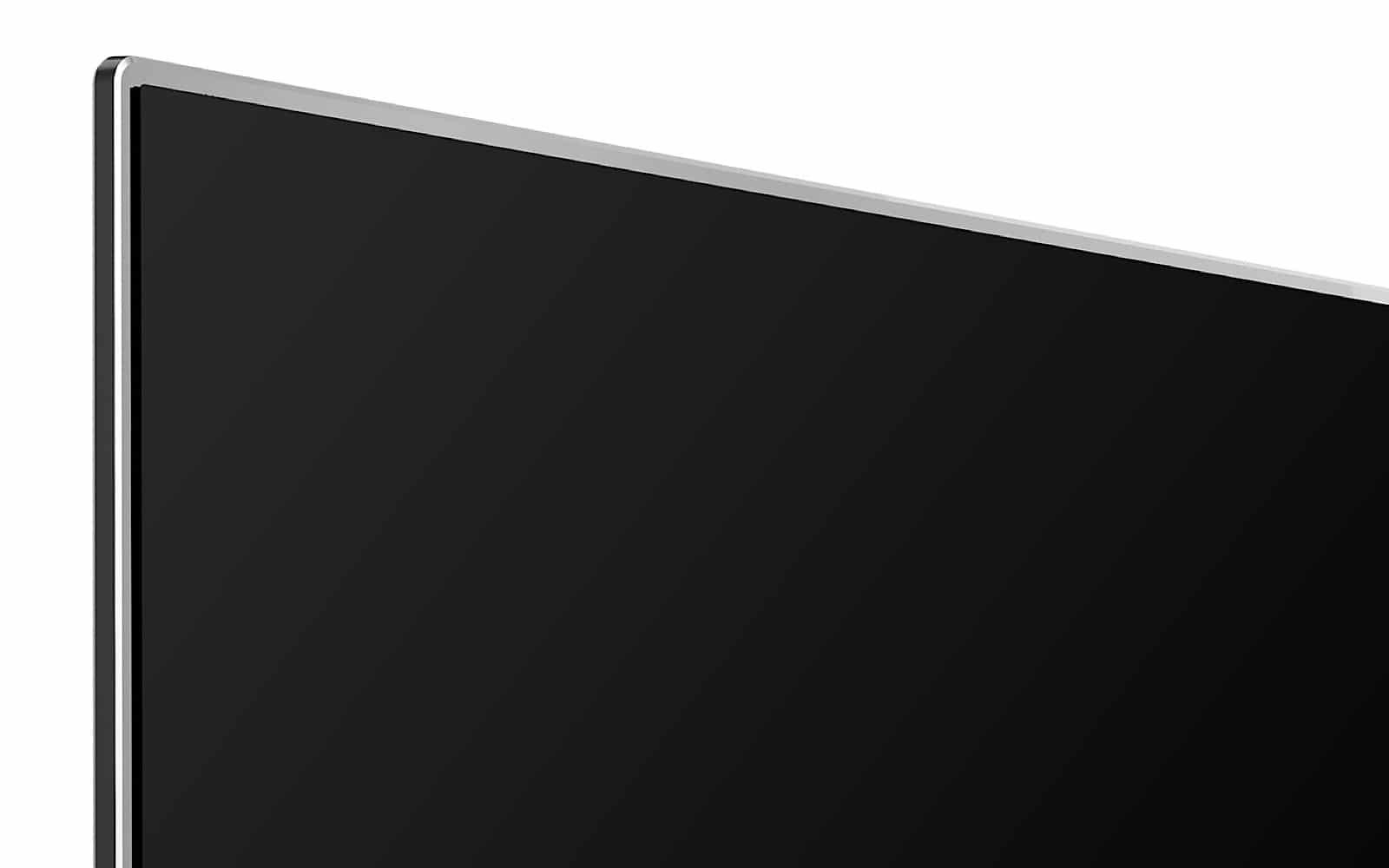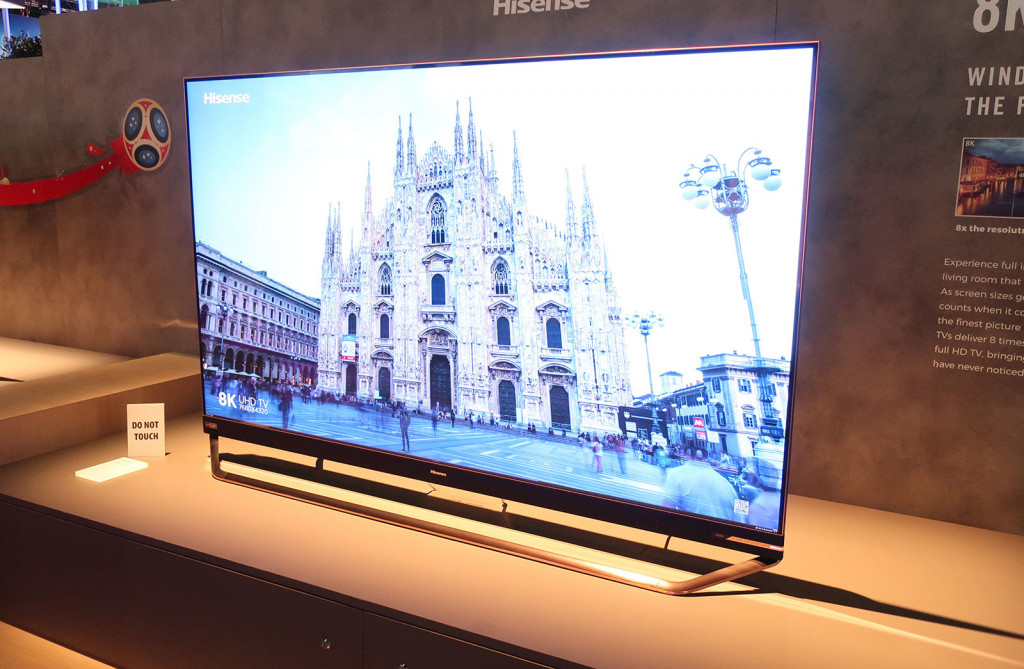It won’t just be Samsung. Sony and LG that offer the high-end 8K TVs next year, as Hisense says “hi” to the category, too.
Now that 4K has more or less become the standard that people buy TVs in — because good luck finding premium Full HD TVs anymore — it seems that 2020 will be the time that its more premium resolution sibling makes itself known by more than three companies.
Earlier in the year, 8K arrived in Australia, but only from a good three TV makers. Samsung was first to get the format out, arriving in the Q900 QLED TV, with LG and Sony next, each with LED-backlit screens. Eventually, LG set the bar even higher, releasing an 8K OLED TV for a staggering $60K.
With Australia’s 8K screens straddling a price range of $4000 to $60,000, and only across three manufacturers — LG, Samsung, and Sony — there is clearly room for a few more to make a dent, and in 2020, that is precisely what’s expected to happen.
For instance, TCL has already flagged that it has a TV coming, and while it was supposed to see release this year, that hasn’t quite happened. We imagine Panasonic will use the likes of CES 2020 to show what it has, too, but it won’t be alone.
Hisense has flagged that Australia will see an 8K TV in 2020, offering a combination of technologies including its Full Array Backlight, Dolby Vision HDR, Dolby Atmos 3D sound, and the little crystals that hone colour known as Quantum Dot, all under the “ULED” banner Hisense throws its TV technology combination under.
To deal with the absolute lack of content 8K presently has, Hisense has said it will use a proprietary technology that uses artificial intelligence to upscale low-resolution content to play better on the higher resolution of 8K, something it has been testing “for many years”.
“Now is the time for us to show Australians what Hisense can bring to the 8K table,” said Andre Iannuzzi, Head of Marketing for Hisense Australia.
“What better way to do this than introducing 8K TV in our most premium television brand, ULED as a demonstration of our commitment to exceptional picture, intuitive features and showstopping design,” he said.
There’s no image on what the TV looks like, but Hisense has previously shown 8K TVs before, with the company revealing 8K screens in 2017 and the following year, our trip to CES in 2018 giving a glimpse of the technology.
While there’s no pricing as of yet, Hisense has said it will share availability details in the first half of 2020. We expect that will include seeing the TV at CES 2020, and we’ll be on hand to make sure of that, though pricing might not come until the regular TV switch-over, which typically happens when new TVs arrive and older ones are discounted, usually between March or April through to August.







